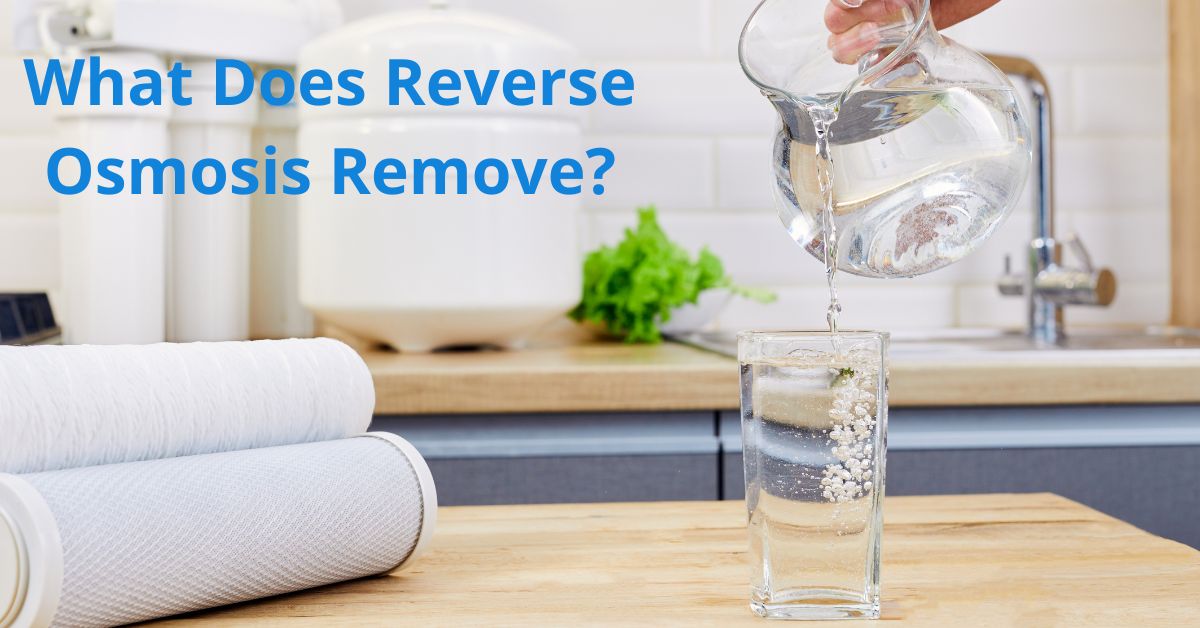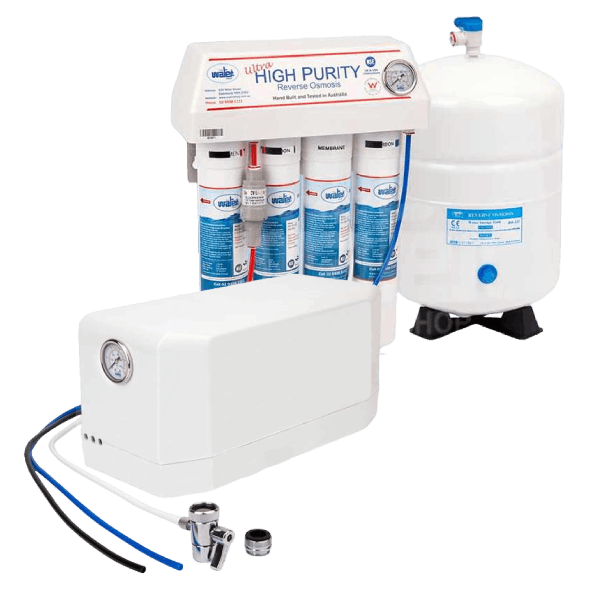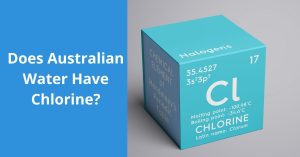Having spent years researching water treatment technologies, I frequently receive inquiries about reverse osmosis (RO) systems. One of the most common questions I hear is, “What exactly does reverse osmosis remove from water?” It’s a great question, and today I’m excited to dive deep into this topic and share what I’ve learned.
Reverse osmosis is a powerful water purification process that can remove a wide range of contaminants from your drinking water. Whether you’re considering a reverse osmosis system for your home or just curious about how this technology works, you’ve come to the right place. Let’s explore the impressive capabilities of RO systems and why they’ve become so popular for home water treatment.
The Basics of Reverse Osmosis
Before we get into the specifics of what reverse osmosis removes, let’s briefly touch on how it works. Reverse osmosis uses a semipermeable membrane to filter water at a molecular level. This membrane has tiny pores that allow water molecules to pass through but block larger molecules and ions. The process requires pressure to push water through the membrane, leaving contaminants behind.
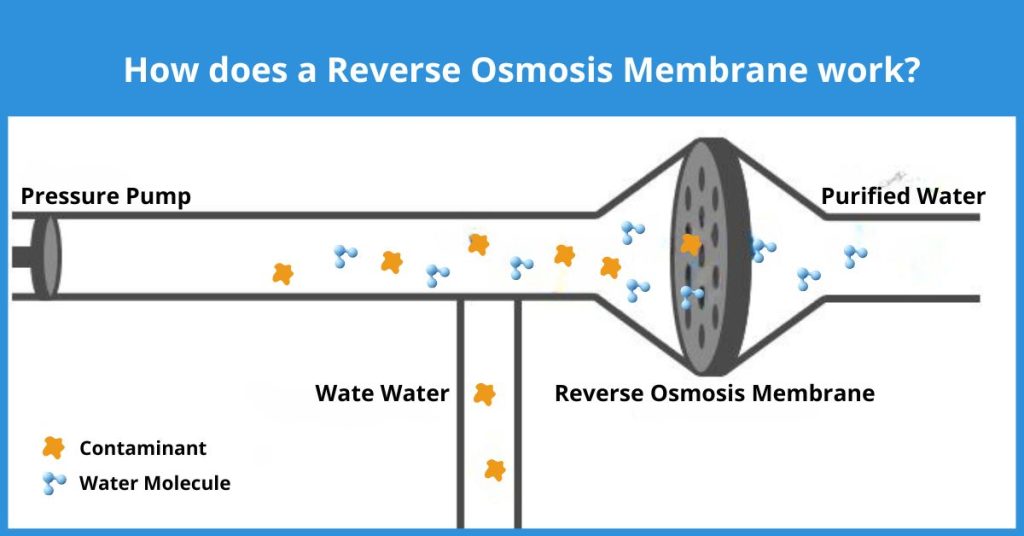
Most RO systems for home use are multi-stage filtration systems. You’ll often see 4-stage reverse osmosis systems and 5-stage reverse osmosis systems on the market. These additional stages typically include pre-filters and post-filters, to enhance the overall water quality and protect the RO membrane.
Now, let’s get to the heart of the matter: what does reverse osmosis actually remove?
PFAS: The “Forever Chemicals”
One of the most significant benefits of reverse osmosis is its ability to remove PFAS (per- and polyfluoroalkyl substances) from water. These synthetic chemicals have earned the nickname “forever chemicals” because they don’t break down easily in the environment or our bodies.
Since the 1940s, various industries have used PFAS in a variety of consumer products, from non-stick cookware to water-resistant clothing and tooth floss. Unfortunately, they’ve also made their way into our water supplies, raising concerns about potential health effects.
The good news is that reverse osmosis is highly effective at removing PFAS. In fact, experts often recommend RO as one of the best home treatment options for PFAS contamination. If you’re looking for a PFAS water filter, a reverse osmosis system is an excellent choice.
Heavy Metals: Lead, Arsenic, and More
Heavy metals are another important group of contaminants that reverse osmosis can remove. These include lead, arsenic, mercury, copper, cadmium.
Heavy metals in drinking water can pose serious health risks, especially for children and pregnant women. For instance, children may experience developmental issues due to lead, and long-term exposure to arsenic has been associated with various types of cancer.
Reverse osmosis is exceptionally effective at removing these heavy metals. If you’re concerned about heavy metal contamination in your water supply, an RO system for home use can provide significant peace of mind.
Asbestos: An Often Overlooked Contaminant
Asbestos might not be the first thing that comes to mind when you think about water contamination, but it can indeed find its way into water supplies, particularly in areas with older infrastructure. Asbestos exposure is primarily associated with lung diseases when inhaled, but ingestion through water is also a concern.
The good news is that reverse osmosis can effectively remove asbestos fibres from water. The RO membrane’s pores are small enough to block these microscopic fibres, ensuring they don’t make it into your drinking water.
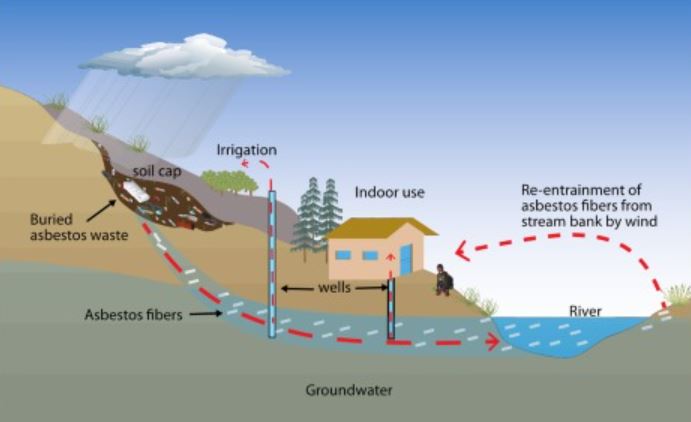
Source: sciencedirect.com (https://www.sciencedirect.com/science/article/pii/S2666911021000034)
What Else Does Reverse Osmosis Remove?
The list of contaminants that reverse osmosis can remove is extensive. Here are some other notable substances that RO systems can filter out:
Microorganisms: bacteria, viruses, and protozoa are all effectively removed by RO membranes.
Dissolved Salts: RO is excellent at desalination, removing sodium, chloride, and other dissolved salts.
Nitrates and Sulfates: These compounds, which can be harmful, especially to infants, are effectively filtered out.
Pesticides and Herbicides: Many of these agricultural chemicals can be removed by RO.
Pharmaceuticals: Trace amounts of medicines that find their way into water supplies can often be filtered out by RO.
Fluoride: Fluoride is often added to water for dental health, some people prefer to remove it. RO can effectively do this.
Chlorine and Chloramines: While the RO membrane itself doesn’t remove these disinfectants, most RO systems include carbon pre-filters that do.
Choosing the Right RO System for Your Home
Now that we’ve covered what reverse osmosis can remove, you might be wondering how to choose the right system for your home. There are several options available:
Undersink reverse osmosis systems: These are installed under your kitchen sink and typically provide filtered water through a separate faucet.
Reverse osmosis water filter countertop: Similar to benchtop models, these are designed to sit on your counter but may have different features or capacities.
When selecting a system, consider factors such as available space, water usage, and specific contaminant concerns. A 4-stage reverse osmosis system might be sufficient for most homes, while a 5-stage reverse osmosis system could provide additional filtration or remineralisation for more challenging water conditions.
The Bottom Line
Reverse osmosis is a powerful technology that can remove a vast array of contaminants from your drinking water. From emerging concerns like PFAS to long-standing issues with heavy metals and microorganisms, an RO system can significantly improve your water quality.
However, it’s important to note that while RO is highly effective, it’s not a cure-all. Regular maintenance is crucial to ensuring your system continues to perform optimally. This typically involves changing filters according to the manufacturer’s recommendations and possibly replacing the RO membrane every few years.
Also, keep in mind that reverse osmosis removes not just contaminants but also beneficial minerals from water. Some systems include a remineralisation stage to address this, or you might consider adding a separate remineralization filter.
In the end, whether you choose an undersink model or a benchtop unit, a reverse osmosis water filter system can provide you and your family with clean, safe drinking water. By protecting you from a wide range of potential water contaminants, it’s an investment in your health and peace of mind.
Here’s to clean, safe water for all!

